7
Jan
2020
Hypertonia and Hypotonia – What’s The Difference?
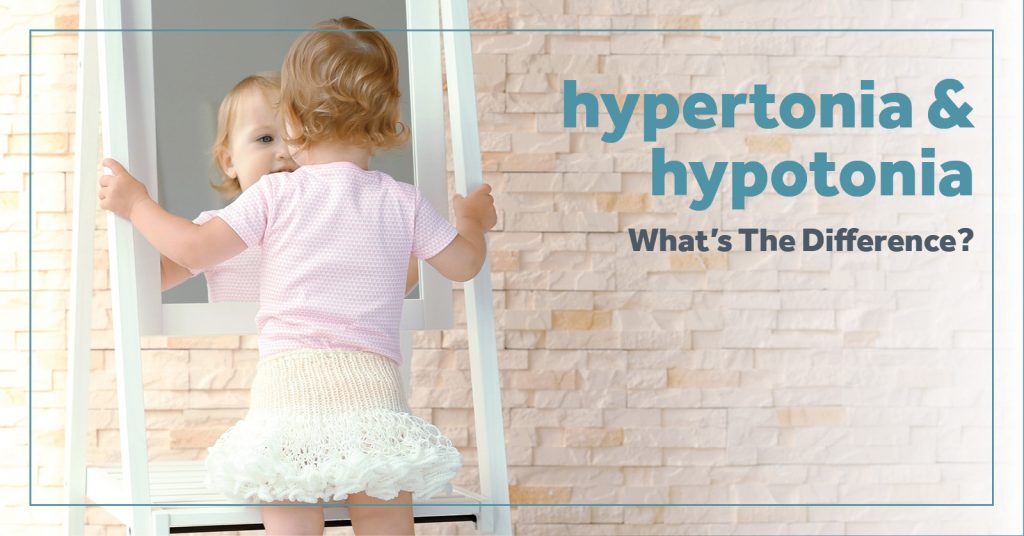
New parents have plenty on their minds.
Baby’s health. Baby’s needs. Baby’s future.
Muscles are way, way down on the list.
But if your little one is facing developmental delays, muscle concerns are near the top. At first glance, it seems like all these kids needs is a yoga mat or barbells.
It’s not that simple. When it comes to hypertonia and hypotonia, there’s a lot to understand. And it all starts with muscle tone.
Muscle Tone Is A Spectrum
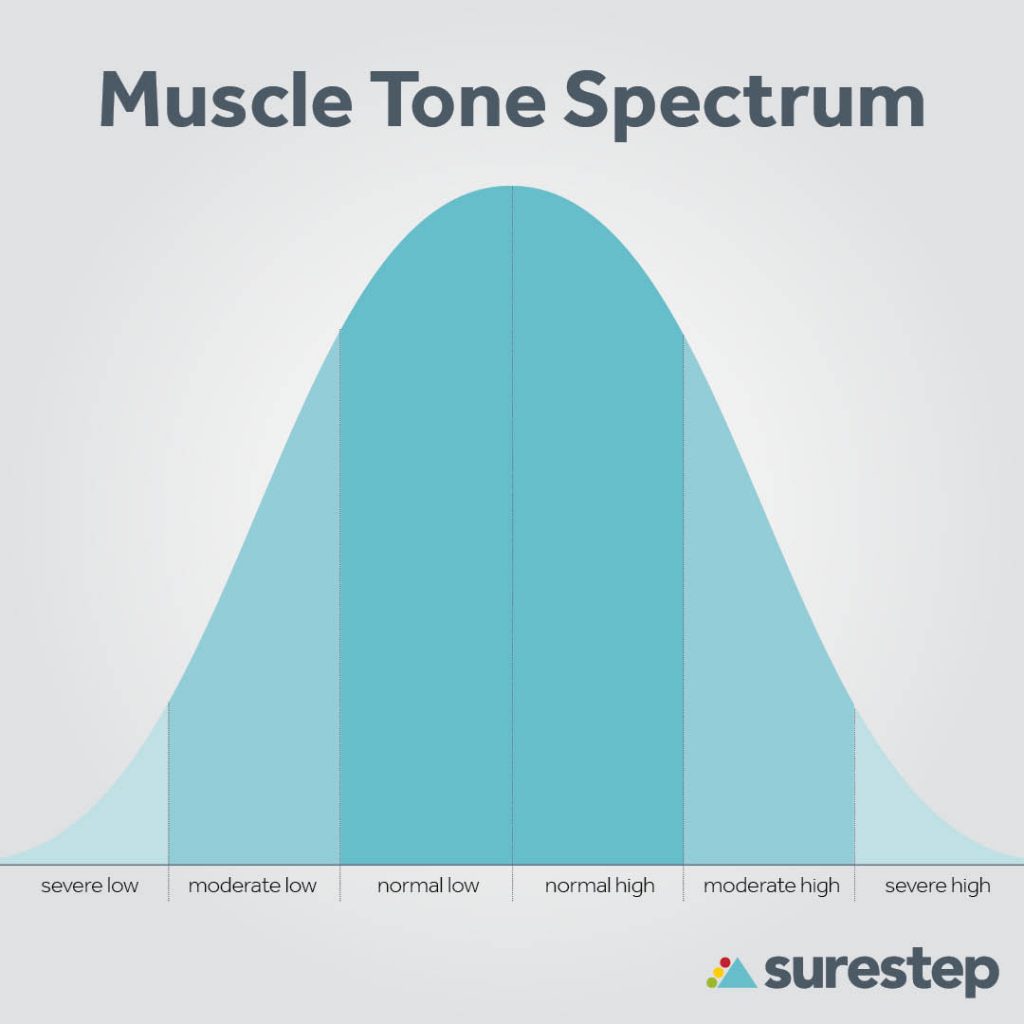
The next time you’re snuggled up next to your child, pinch his or her arm. What you’re feeling is muscle tone. It’s the level of tension in muscles that are relaxed. And everyone, from newborns to professional athletes, is on the spectrum.
Some of us are a little high. Some are a little low. In fact, there is no perfect tone. But the closer you get to the edges, the more obstacles you can expect.
It’s important to remember that muscle tone is separate from muscle strength. Low tone does not equal weakness in the same way that high tone does not equal strength.
What Is Hypertonia?
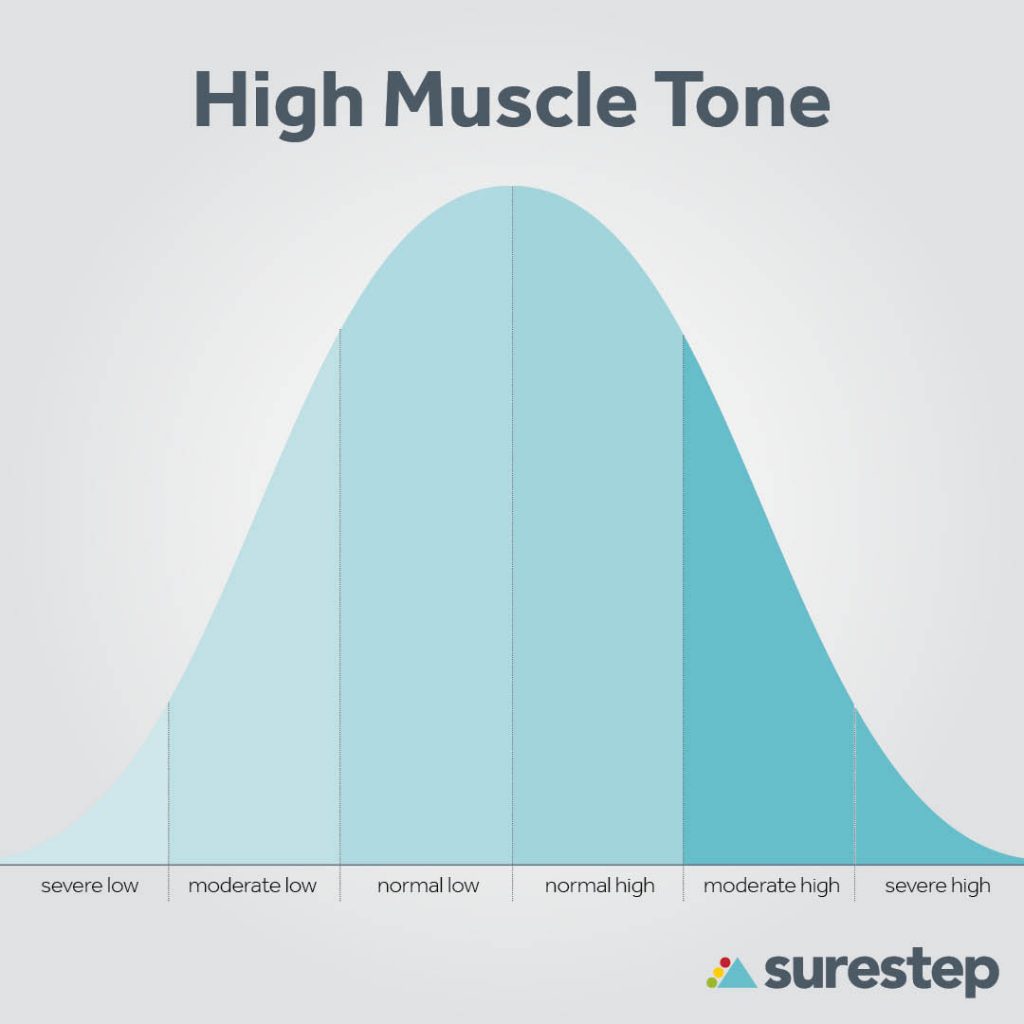
Hypertonia is an increased level of muscle tone. Kids on this end of the spectrum are described as stiff and rigid. Their muscles are too constricted.
What Causes Hypertonia?
High muscle tone is often associated with damage to the brain and/or central nervous system. Some of the most common diagnoses include cerebral palsy, stroke, and multiple sclerosis
What Are The Symptoms?
Each child is different, but some of the common symptoms include:
- Muscle stiffness
- Spasms
- Spasticity
- Limited mobility
What Is Hypotonia?
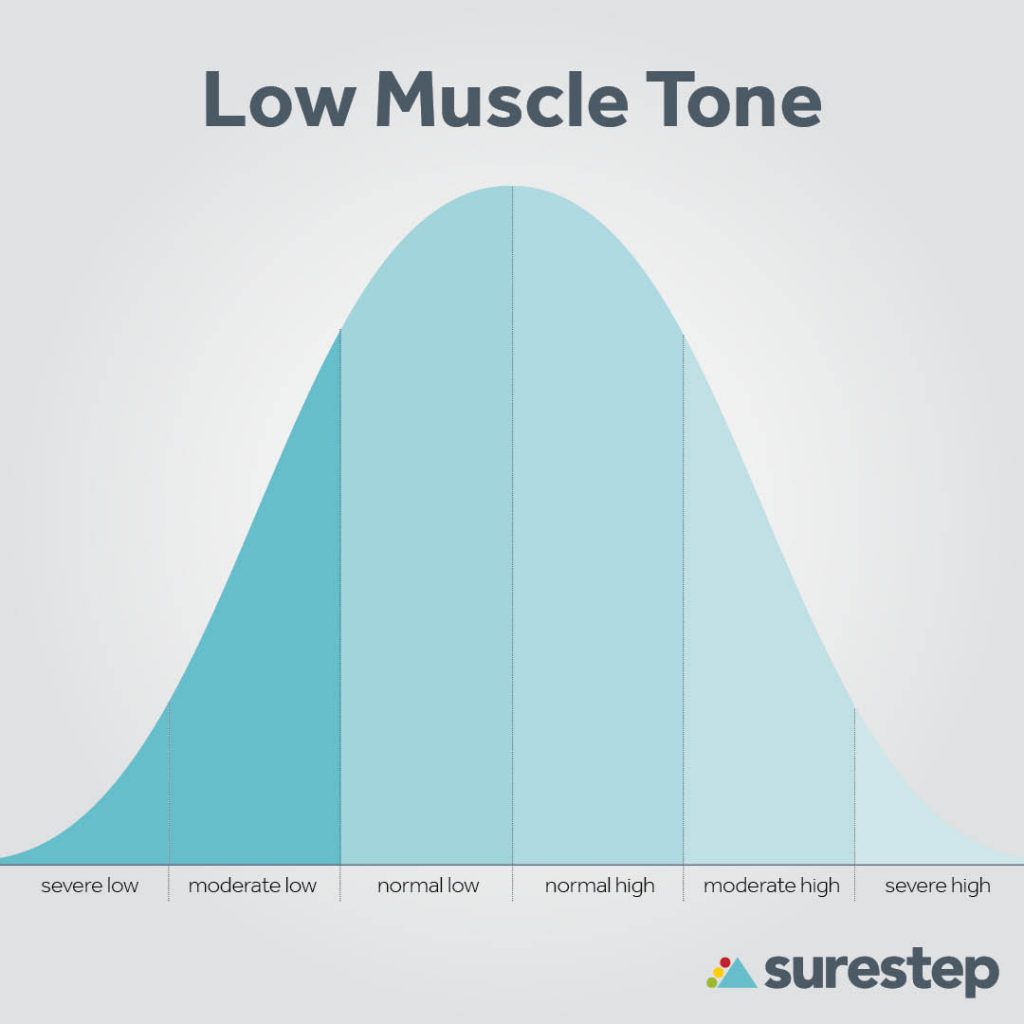
Hypotonia is a decreased level of muscle tone. Kids on this end of the spectrum are described as limp and floppy. Their muscles are too relaxed. This can impact everything from walking to eating to potty training.
What Causes Hypotonia?
Low muscle tone is often, but not exclusively, linked to some sort of chromosomal abnormality. Common diagnoses include Down syndrome, Prader-Willi syndrome, and Ehlers-Danlos syndrome.
But it can also be an unknown cause, or “benign hypotonia.”
What Are The Symptoms?
This list is far from exhaustive, but some symptoms include:
- Pronation
- Poor posture
- Frequent falling
- Ligament/joint laxity

Is There A Cure For Hypertonia and Hypotonia?
No matter which end of the hypertonia vs hypotonia spectrum your little one falls on, it’s important not to think in terms of a cure. That’s because muscle tone doesn’t really change. There are no magic pills or magic procedures.
What many people confuse with a cure is a child’s ability to adapt to his or her limitations.
But when it comes to proper movement and bodily alignment, there are good and bad ways to adapt. That’s why treatment is crucial.
What Should I Do? What Are The Treatment Options?
Even though hypertonia and hypotonia are exact opposites, the results are often similar.
Developmental delays. Stability problems. Difficulty reaching that next milestone.
Parents often ask the same question. What, if anything, should I do? Taking a wait and see approach is common. But this isn’t a simple example of late blooming. If your little one is significantly falling behind peers, he or she needs help.
Muscle tone challenges are physical limitations that don’t go away. Doing nothing about it changes nothing.
Depending on your child’s unique needs, physical therapy, occupational therapy, and even speech therapy are great solutions.
And a great complement to therapy is a set of custom-made orthotics.
AFO Braces For Hypertonia
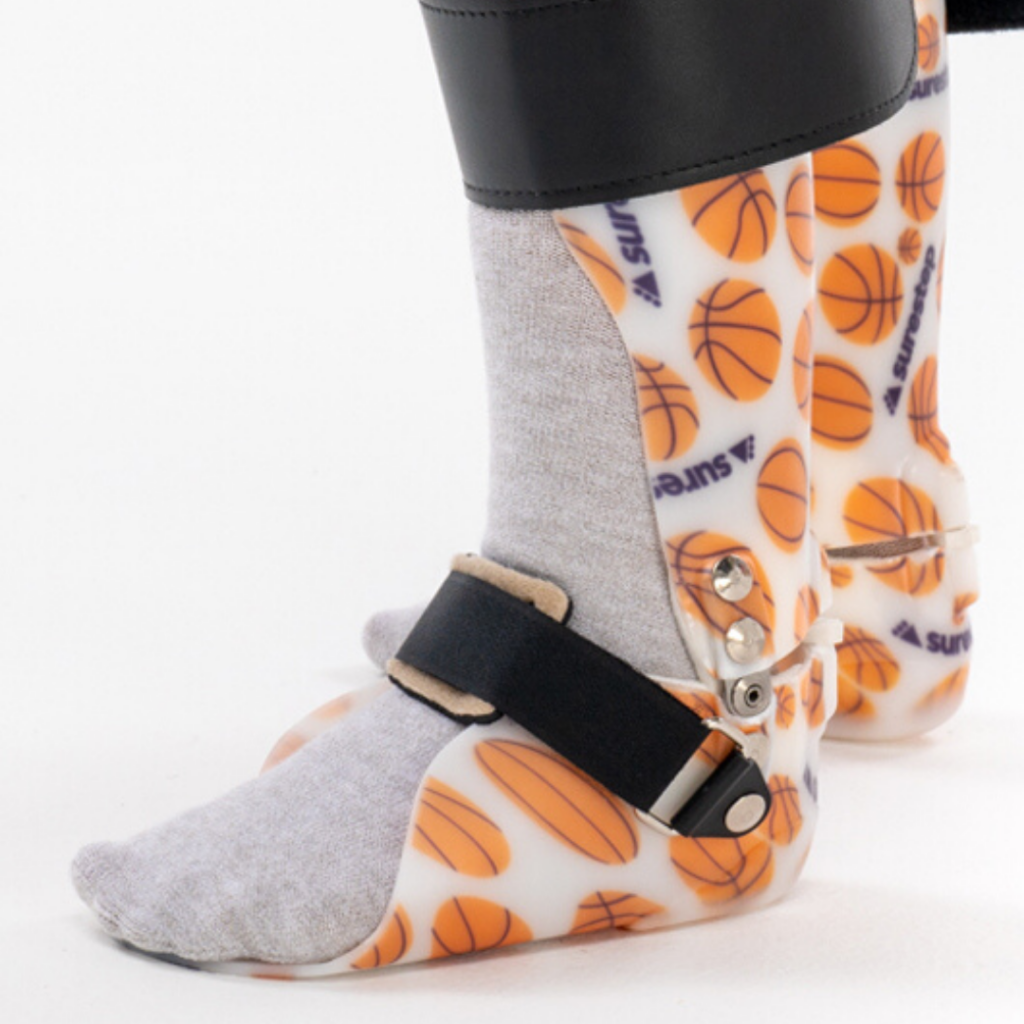
The most common type of orthotics worn by kids who have hypertonia is an AFO (ankle foot orthosis), which provides much needed support.
The specific goals will vary depending on your child, but in general, AFOs can help:
- Move and hold legs in better positioning
- Facilitate functional movement
- Maintain or improve range of motion
- Increase the base of support during weight bearing
- Slow down the progression of rigid deformities and contractures
- Minimize pain associated with spasticity
Although Surestep is best known for SMOs, our Indy 2 Stage and Hinged AFOs can be great solutions for kids who have high muscle tone.
SMO Braces For Hypotonia

The most common orthotic solution for hypotonia is an SMO (supra malleolar orthosis). Unlike the taller AFO, SMOs do not extend higher than the ankle.
Surestep SMOs are specifically designed to treat the pronation caused by low muscle tone. They work by:
- Guiding the heel back into alignment
- Lifting and supporting the arch
- Keeping toes in line with the rest of the foot
Take A Breath
Medical jargon tends to fill parents with fear.
It all sounds like doom and gloom.
Yes, there will be some rough days ahead. But you’ll also get a front row seat to your own child’s resilience. Progress happens. Growth happens. And every inch forward will feel like a mile.
Keep Reading
To dig a little deeper in hypertonia and hypotonia, here are a few additional blog posts you may like:
- How to explain muscle tone using a rubber band
- My family doesn’t understand hypotonia. What should I say?
- Will SMOs help my child?
I want to know more about Surestep products
